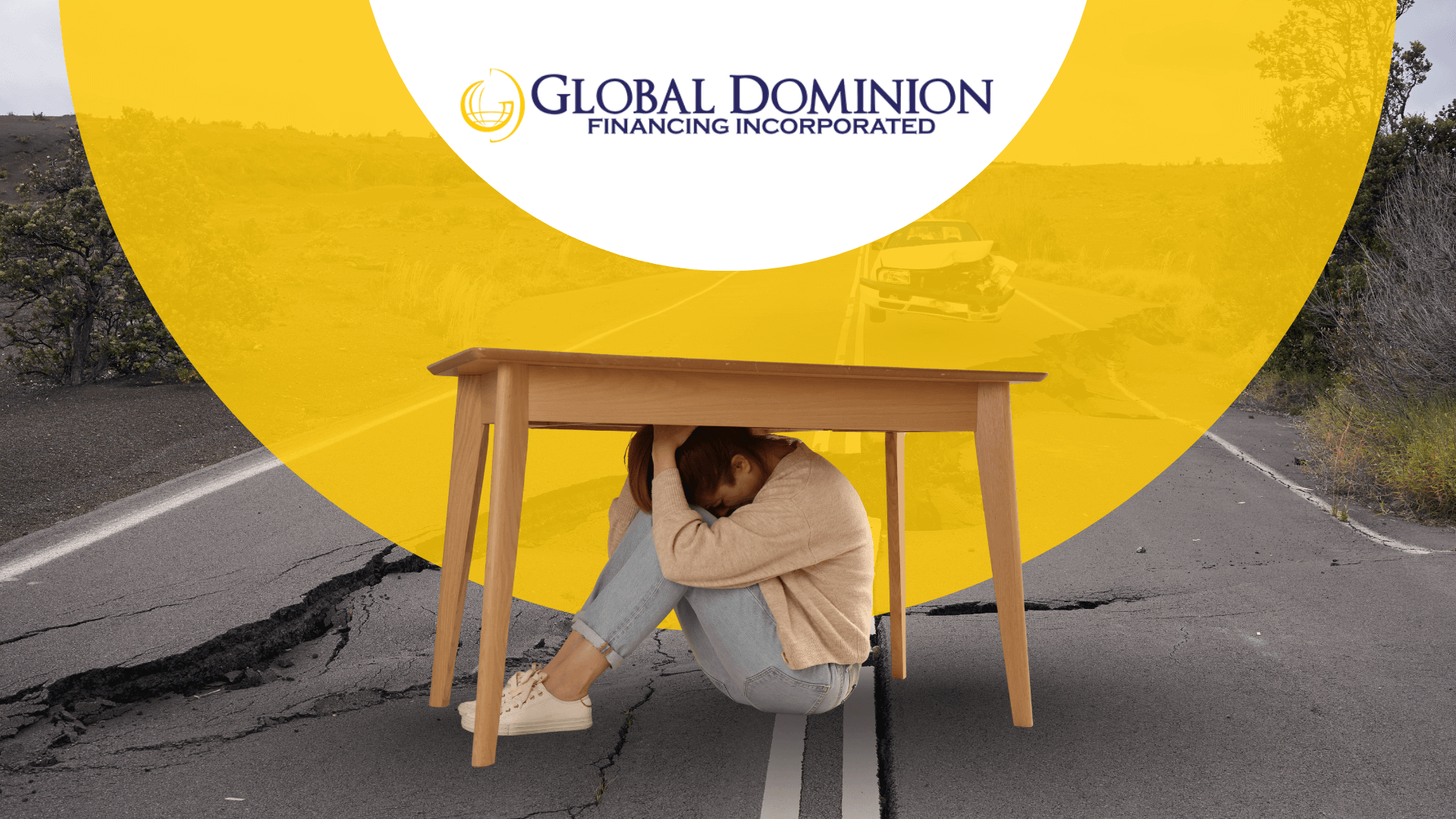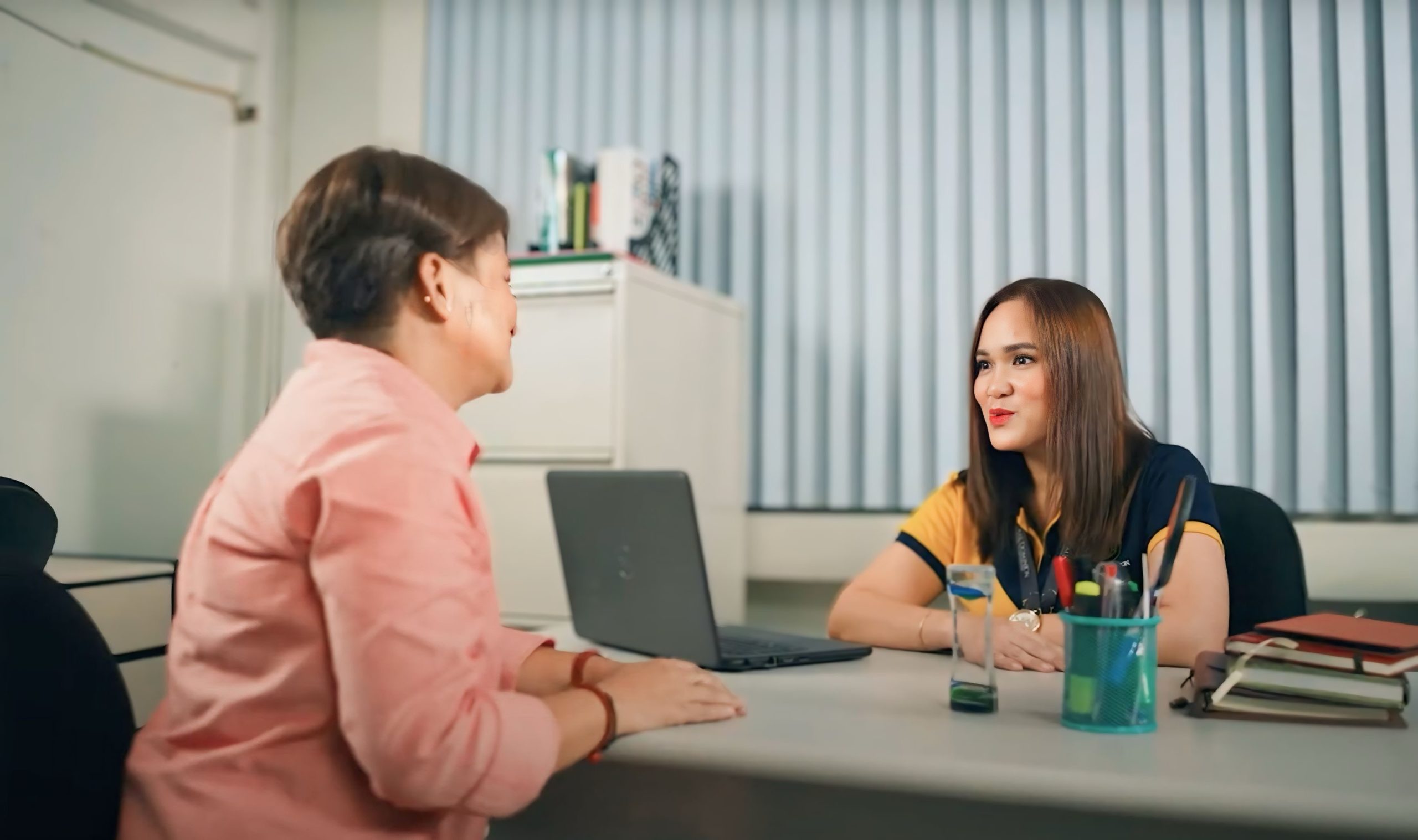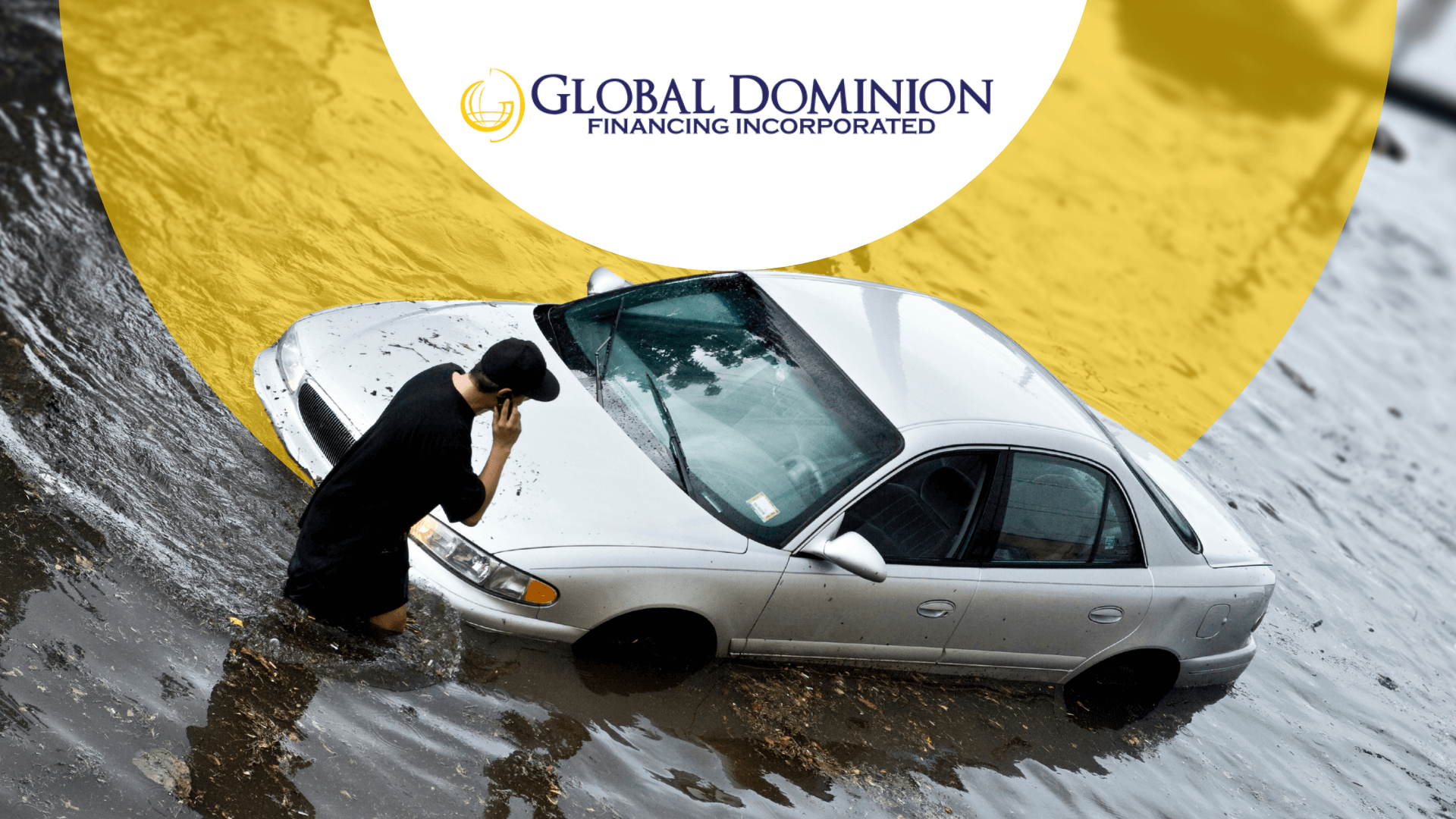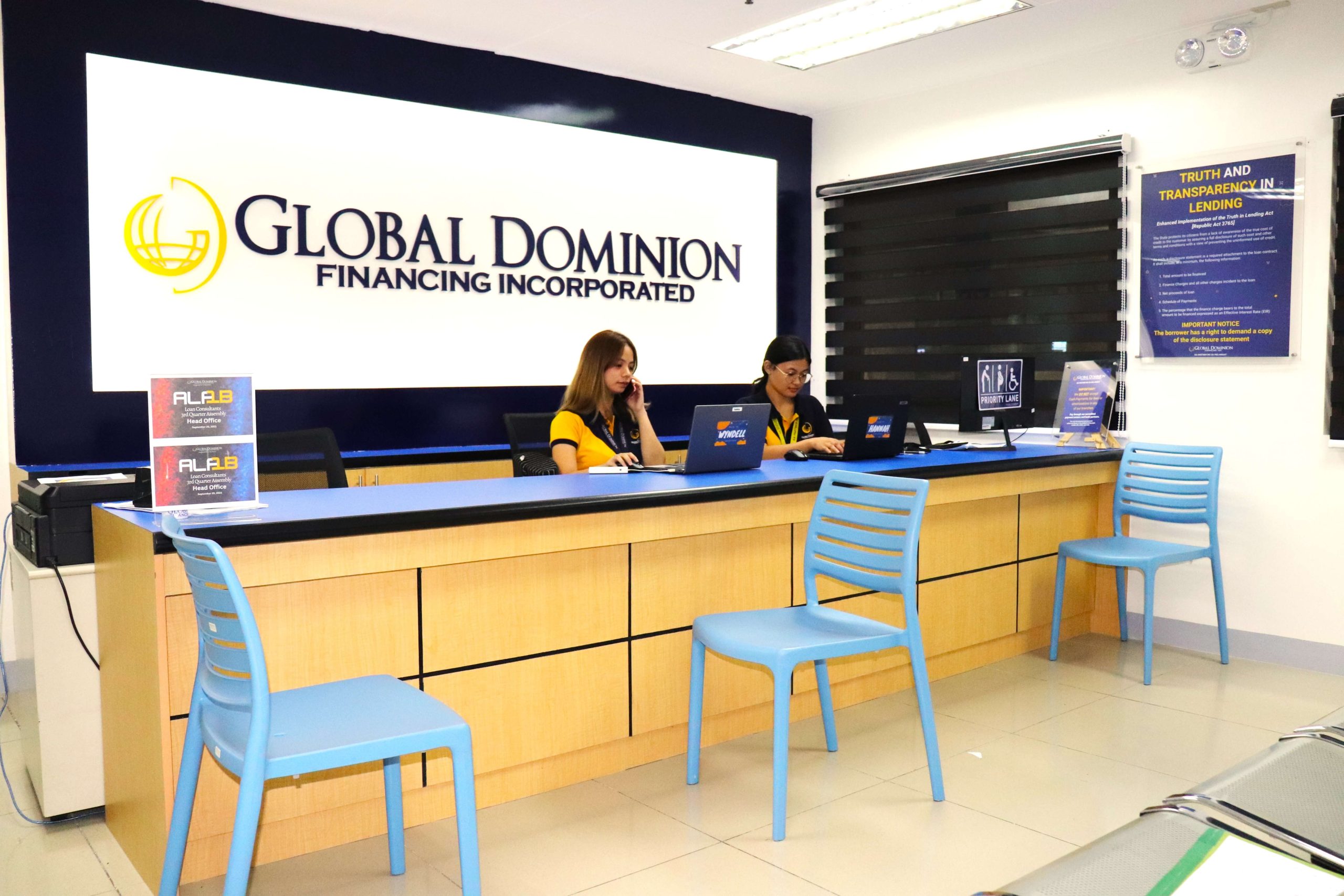Philippine Rules of the Road: Essential Driving Safety Tips

Every time we drive or walk in the Philippines, we join a complex system: our roads. To ensure the safety of ourselves, our passengers, and fellow road users, understanding and adhering to the rules of the road isn’t just a legal obligation set by agencies like the Land Transportation Office (LTO)—it’s a fundamental commitment to responsible citizenship. From basic Philippine traffic laws to nuanced driving tips and essential road safety practices, every Filipino driver plays a crucial role in creating a harmonious and secure environment. This comprehensive guide will walk you through the common principles of road usage, highlighting how a reliable vehicle, often acquired through smart car financing solutions, serves as the foundation for every safe journey across our archipelago.
1. The Foundational Rules of the Road: Understanding Your Obligations
The core of safe driving in the Philippines begins with a clear understanding of our nation’s universal traffic laws. These aren’t mere suggestions; they are the bedrock of road safety, designed to keep everyone moving safely.
Understanding Traffic Signs and Signals
Traffic signs and signals are the universal language understood by drivers across the Philippines.
- Stop Signs: Always come to a complete stop before the white line at intersections.
- Traffic Lights: Obey the color signals: red (stop), yellow (prepare to stop), green (proceed if clear).1
- Yield Signs: Give way to traffic already on the road or entering the intersection.
- Regulatory Signs: (e.g., “No U-Turn,” “One Way,” “No Parking”) indicate specific actions or restrictions vital for orderly traffic flow.2
- Warning Signs: (e.g., “Sharp Curve,” “Pedestrian Crossing,” “School Zone Ahead”) alert you to upcoming hazards, giving you time to react.3
Respecting Speed Limits
Speed limits across Philippine roads are set for a reason – usually based on road conditions, population density, and potential hazards in areas like urban centers or provincial highways.
- Always drive within the posted speed limit.
- Adjust your speed to prevailing conditions, such as heavy rain, fog, or dense traffic, even if it means driving below the limit. Excessive speed is a leading cause of accidents in the country.4
Maintaining Proper Lane Discipline
Proper lane usage is crucial for smooth traffic flow and preventing collisions on our often busy roads.5
- Stay in your lane: Avoid abrupt swerving or drifting across lanes.
- Signal lane changes: Always use your turn signal well in advance of a lane change.
- Keep right (unless overtaking): On multi-lane roads, especially expressways, slower vehicles are generally expected to keep to the rightmost lanes, while faster traffic uses the left.
- Avoid hogging the passing lane: Move back to the right lane after completing an overtaking maneuver.
2. Driving Habits for a Safer Journey on Philippine Roads
Beyond just following signs, effective driving in the Philippines involves a set of proactive habits tailored to our unique road conditions.
Defensive Driving Principles
- Anticipate Hazards: Constantly scan the road ahead, checking mirrors frequently. Be mindful of sudden maneuvers by other drivers or pedestrians.
- Maintain Safe Following Distance: Use the “three-second rule” (or more in adverse conditions like heavy rains or slippery roads) to ensure enough braking distance.
- Be Aware of Blind Spots: Always check your blind spots, especially when navigating crowded city streets or before changing lanes on expressways.
- Assume Other Drivers’ Mistakes: Be prepared to react if another driver makes an unexpected or incorrect move.
Mindful Turning and Overtaking
- Signal Clearly: Always indicate your intention to turn or change lanes, giving ample warning to other drivers and motorcyclists.
- Use Proper Lanes for Turns: Get into the correct lane well before your turn to avoid last-minute swerving.
- Overtake Safely: Only overtake when permitted by road markings, when you have clear visibility, and when you can complete the maneuver without exceeding the speed limit or forcing other drivers to react. Be extra cautious when overtaking buses or jeepneys.
Prioritizing Pedestrians and Cyclists
Vulnerable road users are common sights in the Philippines and require extra caution.
- Always yield to pedestrians in crosswalks, especially in busy urban areas.
- Give cyclists ample space (at least 1.5 meters when passing).
- Be extra vigilant in residential areas, school zones, and public markets where pedestrians and children may appear suddenly.
3. Beyond the Rules: The Role of Your Vehicle in Road Safety
While knowing the rules of the road is paramount, the safety of your journey across the Philippines also heavily depends on the reliability and condition of your vehicle. A car that is well-maintained and performs optimally contributes significantly to your ability to react safely to unforeseen circumstances, whether it’s navigating congested city streets or tackling provincial highways.
Acquiring a trustworthy vehicle is the first step towards responsible road use for any Filipino. This is where options like car financing come into play, making reliable transportation accessible to more individuals and families. Whether you’re looking for a brand-new car straight from the showroom or a well-inspected pre-owned vehicle, accessible auto loan solutions can bridge the gap, ensuring you drive a vehicle that meets modern safety standards and can handle the demands of Philippine roads.
4. Secure Your Journey: How Global Dominion Car Financing Enables Safer Roads
For many Filipinos, acquiring a safe and reliable vehicle means exploring flexible payment options. Global Dominion Car Financing specializes in providing accessible car loan solutions that help individuals and businesses across the Philippines purchase the vehicles they need for daily commutes, family travel, or commercial operations.6
By offering competitive rates and tailored payment plans for your vehicle acquisition, Global Dominion helps you secure a vehicle that you can confidently maintain and use according to safe driving practices. Investing in a good car, supported by a clear vehicle acquisition plan, means you’re better equipped to handle varying road conditions and ensure your safety and the safety of those around you. We understand that a reliable car is not just a convenience, but a crucial element of overall road safety and a practical tool for adhering to Philippine traffic rules.
5. Essential Tips for Every Filipino Driver
Regular Vehicle Maintenance
A well-maintained car is a safer car, especially on Philippine roads.
- Regularly check tires (pressure and tread, especially before long drives).
- Ensure brakes are in good working order.
- Check fluid levels, lights, and wipers (critical during the rainy season).
- Schedule routine preventive maintenance with trusted mechanics.
Always Be Prepared
- Keep your driver’s license, vehicle registration (OR/CR), and emergency contact information accessible as required by the LTO.
- Have an emergency kit in your car (first-aid, tools, flashlight, early warning device).
- Plan your route in advance, considering traffic conditions and potential detours.
Continuous Learning
- Philippine traffic laws evolve, and new driving tips emerge. Stay updated through LTO advisories and reputable driving resources.
- Consider advanced driving courses offered in the country to enhance your skills and reinforce safe driving practices.
- Practice road etiquette like courtesy and patience, especially in heavy traffic, to reduce road rage incidents.
Adhering to the rules of the road is more than just avoiding tickets from the LTO; it’s about safeguarding lives and fostering a respectful environment for everyone navigating Philippine roads. From understanding basic traffic laws to adopting defensive driving habits and ensuring meticulous vehicle maintenance, every aspect contributes to overall road safety. Remember, acquiring a dependable vehicle through reliable car financing partners like Global Dominion is the crucial first step on your journey toward responsible and safe vehicle ownership. Drive safely, drive smart, and secure your travels on the road ahead.
Ready to get on the road with a reliable vehicle?
Explore your car financing options today!
Click here to learn more about Global Dominion Car Financing
Frequently Asked Questions
Q: What are the most important rules of the road to remember in the Philippines?
A: Key rules in the Philippines include obeying all traffic signs and signals, respecting posted speed limits (which vary by area), maintaining proper lane discipline, and always using turn signals.
Q: How does car financing relate to road safety for Filipino drivers?
A: Car financing options, like those from Global Dominion, enable Filipino drivers to acquire newer, more reliable, and safer vehicles that often come with advanced safety features, reducing the risk of accidents on local roads.
Q: What is defensive driving and why is it important in Philippine traffic?
A: Defensive driving involves anticipating hazards, maintaining a safe following distance, checking blind spots, and being prepared for others’ mistakes.7 It’s crucial in Philippine traffic due to varied road conditions and driver behaviors.
Q: Does Global Dominion offer car loans for both new and pre-owned vehicles in the Philippines?
A: Yes, Global Dominion offers various car financing solutions for both brand-new and well-inspected pre-owned vehicles, helping Filipinos acquire reliable transportation.8
Q: Why is regular vehicle maintenance important for road safety in the Philippines?
A: Regular vehicle maintenance ensures that essential components like brakes, tires, lights, and fluids are in optimal working condition, preventing unexpected breakdowns or malfunctions on Philippine roads, especially important during varied weather conditions.





